Your home environment is just as important as your textbooks when it comes to educating your children. With a little creativity, your walls, corners, shelves and tables can do a lot of teaching for you.
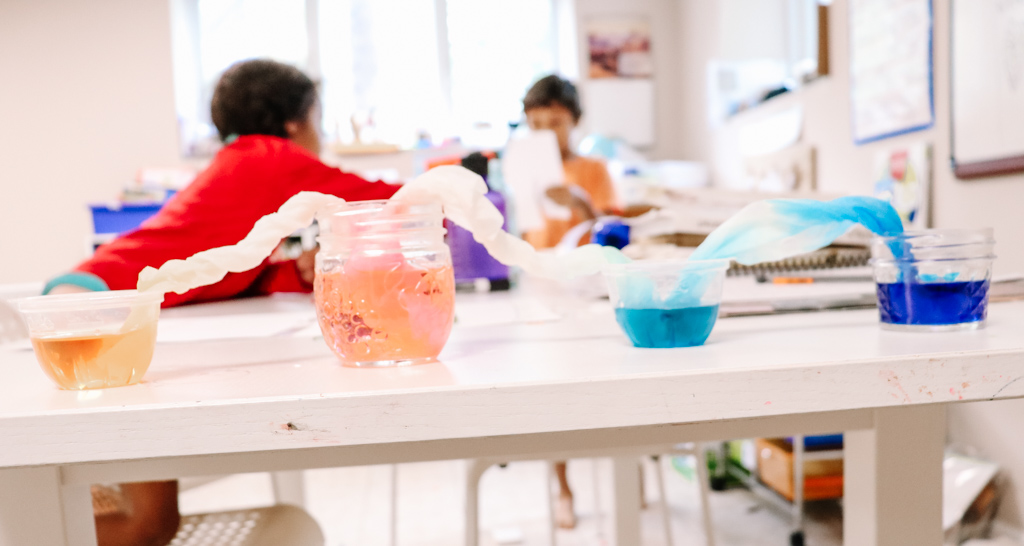
No I am not going to try to convince you to hang that eye-sore, primary-colored ABC poster in your living room…so you can safely read on…
One of the early lessons I learned about home educating is the role of my actual home. Log on to Pinterest and you can find hundreds of “homeschool rooms” that’ll keep you scrolling (and drooling) for hours. Homeschool rooms are not a bad thing; they can be quite useful in helping you to keep things organized and in one place. But they are certainly not a necessity or prerequisite to an excellent education. I would even argue that a lot more learning is happening outside of that room than you realize.
The environment we create in our homes is even more crucial to our children’s education than a specific “homeschool classroom”. Learning can happen wherever you are. Oftentimes the lessons that stick with your kiddos the most are the ones learned in conversation with you, as you “sit in your house and walk by the way, when you lie down and when you rise” (Deut. 6:7). They learned to talk this way; they’ll learn many other things in the same manner.
Oftentimes the lessons that stick with your kiddos the most are the ones learned in conversation with you, as you “sit in your house and walk by the way, when you lie down and when you rise” (Deut. 6:7).
Parents are educating their children more than they think they are outside of “school” hours, and the environment you create in your home is doing a lot of educating for you as well. I am not only referring to the aesthetic elements (though those are just as important…to a degree), but even the attitude you wear each day. Consider these practical ways you can create a mind-stimulating environment where your children are being educated as a normal everyday habit of life:
Get Curious

We already know how curious our children are as we are typically the recipients of their (seemingly) unending lists of questions everyday! Just today my 8 year old caught me in the hallway and we had this conversation:
Him- “What is bigger, the Pacific or the Atlantic?”
Me- (Thinking: “kid I have no idea”) Hmmm, not sure bud, they all connect at some point
Him- Why aren’t there any killer whales in Lake Superior?
Me- (Doing the best I can) well its fresh water buddy, the oceans have salt water and a lot more food for them
Him- So they like salt?
Me- (Feeling like I blew this one) I have no idea, I just know they don’t live in Lake Superior
Him- (staring at me with those big beautiful brown eyes, about an 8-second pause) Ok
My mind was so full at the moment trying to figure out what I am doing wrong with my daughter’s hair that there was very little room for me to enter into his curiosity. I wish I had though. Somewhere along the way I stopped asking those kinds of questions. Life issues take precedence quite easily. Dear Mama, I know your hands are full but don’t do this! Get curious with you kids, it’s the best curriculum out there.
Encourage the “why’s” as much as possible and find the answer with your kids. The little eyes in your home are on you. If you are curious, they will be too.
Challenge Your Family
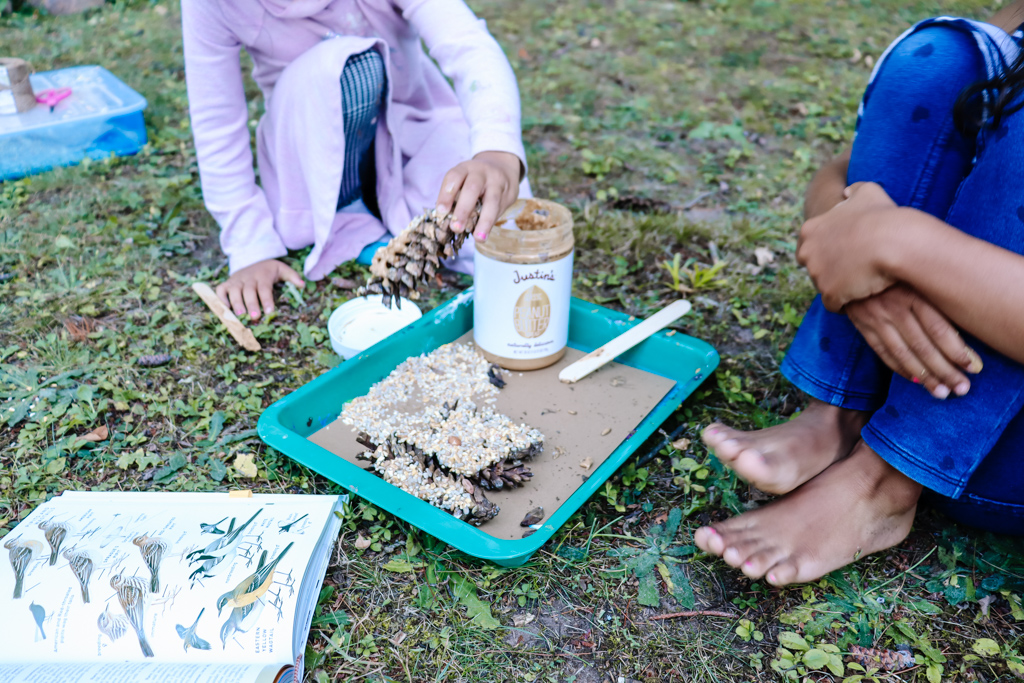
The mom sets the tone in the home, if mama is curious everybody else is. And if mom starts to challenge everyone…imagine the result! Assign little projects to your children (Get dad involved too) that they can do outside of “school hours”. Challenge them to take their learning to the next level. For example, require one child to keep a chart of all the birds they observe by the back patio door. Another child can keep a chart of the average temperature over a year-span. Encourage your children to get creative and find a way to make birdseed contraptions that will feed the birds through a frigid winter (can you tell I live somewhere that is cold?). Another child in charge of gracing the table with a monthly homemade scripture-based centerpiece, etc. The list goes on.
Find ways to challenge individual family members to contribute to the home in some way: to be a citizen scientist, the family mini historian (dad can take this one) who tells the family at dinner “on this day in history”, etc. These little challenges keep kids curious, searching, educating themselves as a norm of life. You’ll find yourself getting an education as you give the assignments and observe their findings.
Collect and Produce
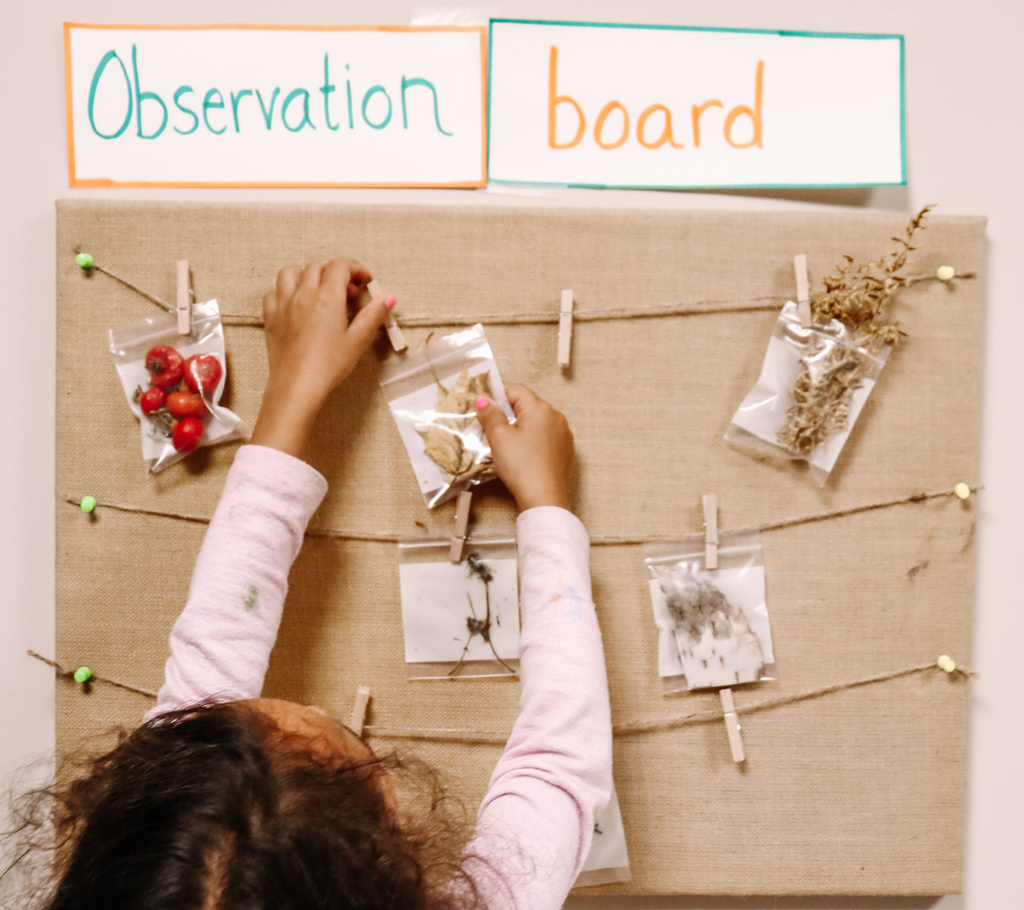
Since my children have been small, I have had an “observation board” hung up, usually near a door, in our home. I use string, clothespins, and mini baggies on the board that the children can easily unclip, fill and label. Whenever they find something cool, the idea is to hang it up so we can all see and observe it. Our board has had snake skins (courtesy of our Texas adventures), different flowers, many weird-looking bugs, rocks, soil, leaves, etc. You name it, it goes up there. This simple board has created a habit of collecting things, a habit which is crucial to learning. Collecting fuels the curiosity and gives children the much-needed firsthand experience of discovering things.
Make Something
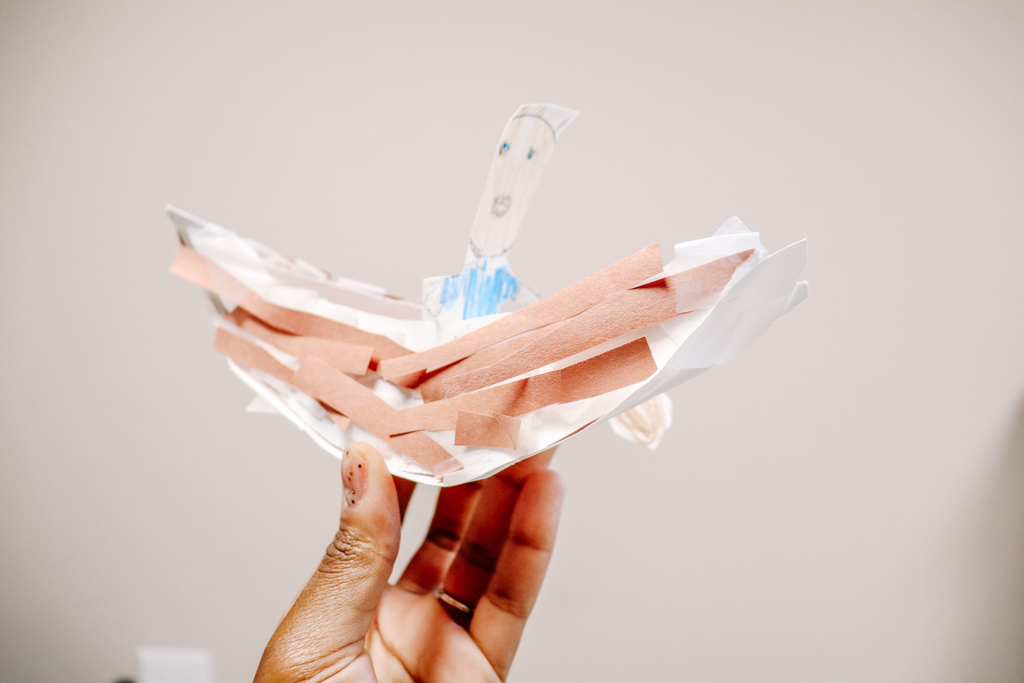
One important word in our home is “productivity”. “I’m bored” does not exist. There is simply too much that God has made or done to learn about, and to revel in. I want my children to produce things they have imagined (or even want). I want it to be a habit to contribute to our home, or to the lives of others for their good. Producing books, posters, crafts, cards, charts with various historical and scientific data they’ve accumulated, paintings to grace our walls, homemade magazines to put on our coffee table, you name it, I want to see it. I want it to be a norm to be productive.
I have often heard that the younger generations of Americans are simply living off of the hard work of their ancestors. This is not consistent across the board but in many ways true. The west has been explored and expanded already. Family farms, land and property have been passed down (my husband and I are both heirs to property in two different parts of the country!). Groves and vineyards are already established, technological conveniences and advances already created, etc. The pressure to contribute and the need for really hard work is slowly being overshadowed by the vast array of entertainment and conveniences.
Require much to be produced by your children! Encourage them to be productive and make things that will enrich the lives of others, even if from simple construction paper and glue sticks.
Adventure Through Books
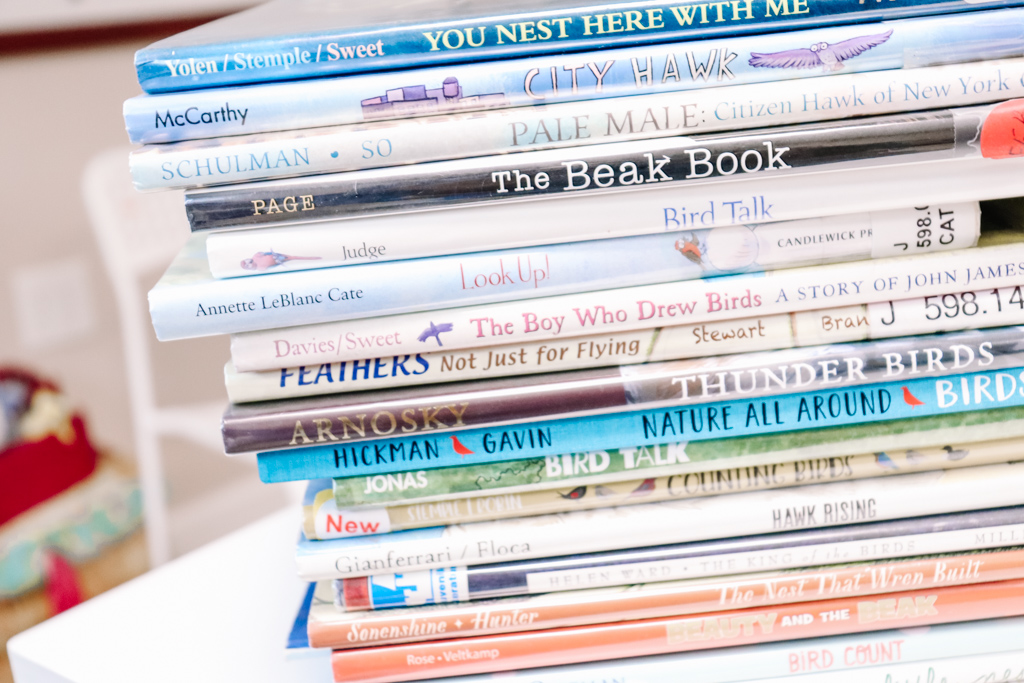
Keep stacks and baskets of books throughout your home. Lay the books on the coffee table, kitchen table, put a couple on the couch, they’ll get read, trust me. Establish a reading time that is non-negotiable, give your kids a snack and curl up with a couple of picture books and a novel. Adventure through books together but also encourage independent voracious reading by keeping books everywhere and creating a much anticipated daily read aloud time.
As time goes on I find my favorite time of the day is to read aloud to my children. I enjoy the witty comments, connections, conversations and discussion of important topics that proceed from each reading time. Creating a reading culture in your home doesn’t require anything fancy or extensive, grab your library card, stock up, and start reading!
Utilize Your Walls
I remember when I was little I looked at the walls a lot. I observed every picture very closely, trying to understand what was being conveyed. Some of my earliest memories are a portrait of great African American civil rights leaders (their heads only) and a “let go and let God” picture my mom still has to this day. I remember going to my aunt’s house and seeing a picture of a Jamaican version of Jesus Christ, his trial, flogging, crucifixion, and resurrection. I remember being terrified at that horrendous torture and death, I had never seen anything like that before.
All this to say, those walls caught my attention. When we go into someone’s home our attention is quickly drawn to their walls, somehow it tells us about them, the things they value, the message they want to give to their residents and visitors.
Set up your home not to please those on the outside but for those on the inside who will benefit the most on a daily basis from your efforts. Ditch the gaudy signs and posters in your kids rooms for things they have created on their own. Encourage them to make posters and charts of things they read, see, and observe. Encourage sketches and collections of things. Hang them up, post them, frame them, value them. Yes, even put them on your coffee table.
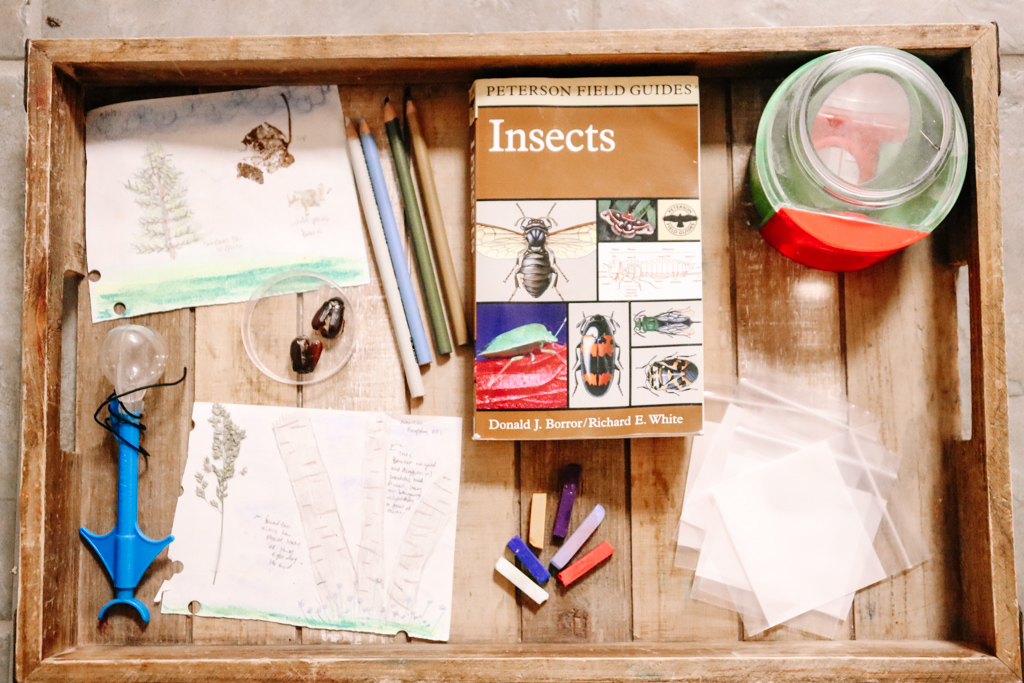
As you diligently, set up your home to be conducive to learning, think of ways to make it the favorite place your family loves to be. That out of all of the places in the world, home would be where their hearts truly are. That it would be a place of life-giving peace and creativity, a place fragrant with Christ spilling over from hearts seeking to put Him at the center of all of life and learning.
Happy Reading! xoxo